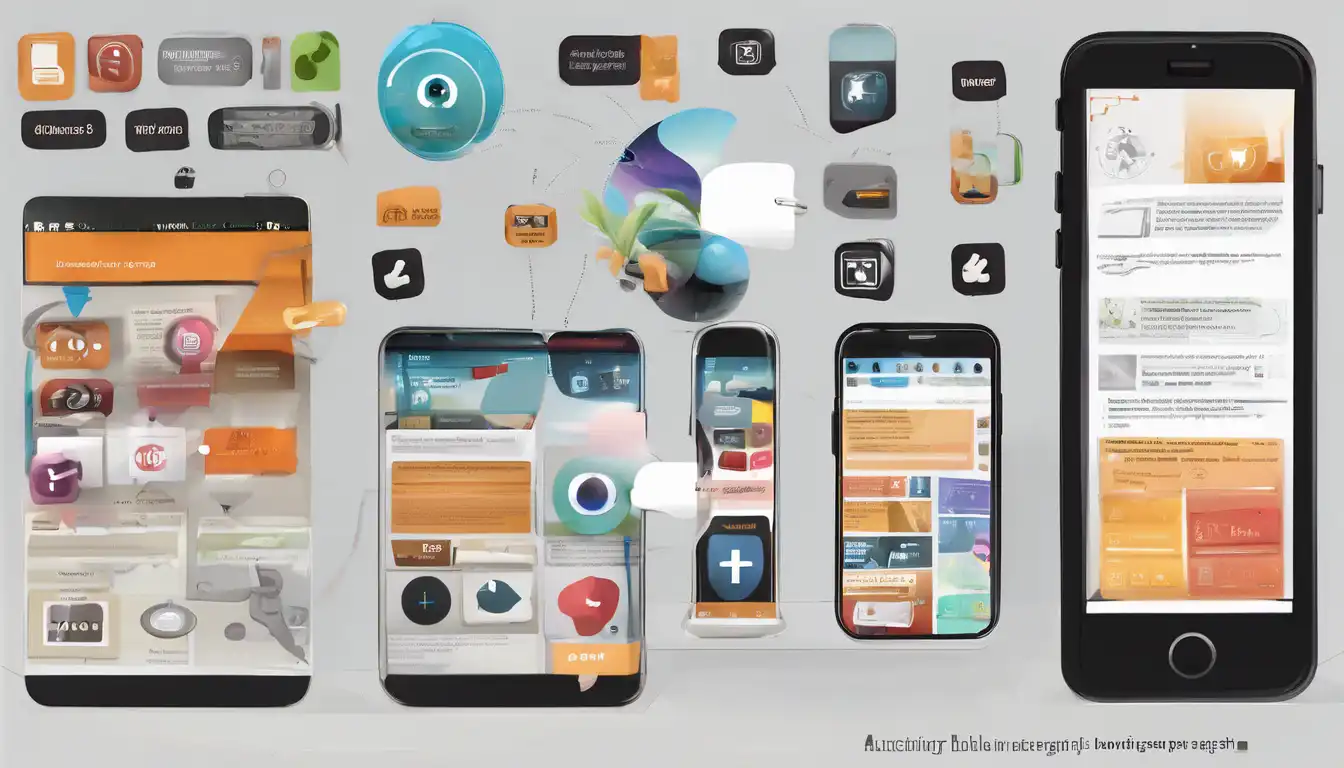Introduction to Engaging Mobile App Creation
In today's digital age, creating a mobile app that stands out requires more than just technical skills. It demands an understanding of user engagement, design principles, and marketing strategies. This guide will walk you through the essential steps to create mobile apps that not only attract users but keep them coming back for more.
Understanding Your Audience
Before diving into development, it's crucial to understand who your app is for. Conduct market research to identify your target audience's needs, preferences, and pain points. This will guide your app's design, functionality, and overall user experience.
Designing for User Engagement
A well-designed app is intuitive, aesthetically pleasing, and easy to navigate. Focus on creating a user interface (UI) that enhances user experience (UX). Use colors, fonts, and layouts that reflect your brand while ensuring readability and ease of use.
Key Design Principles
- Simplicity: Keep the design clean and straightforward.
- Consistency: Use consistent elements throughout the app.
- Feedback: Provide immediate feedback for user actions.
Developing Core Features
Identify the core features that solve your users' problems or fulfill their needs. Prioritize these features in your development process to ensure your app is functional and valuable from the first release.
Essential Features for Engagement
- Personalization: Allow users to customize their experience.
- Notifications: Keep users informed and engaged with timely updates.
- Offline Functionality: Ensure your app is usable without an internet connection.
Optimizing for Performance
A fast and responsive app is key to retaining users. Optimize your app's performance by minimizing load times, reducing battery usage, and ensuring compatibility across devices and operating systems.
Marketing Your App
Even the best app needs a solid marketing strategy to reach its audience. Utilize SEO, social media, and content marketing to increase visibility. Consider leveraging app store optimization techniques to improve your app's discoverability.
Gathering and Implementing Feedback
After launching your app, collect user feedback to identify areas for improvement. Regularly update your app to fix bugs, add new features, and enhance the user experience based on this feedback.
Conclusion
Creating an engaging mobile app is a multifaceted process that involves understanding your audience, designing for engagement, developing essential features, optimizing performance, and effective marketing. By following these steps, you can develop an app that not only meets but exceeds user expectations.
